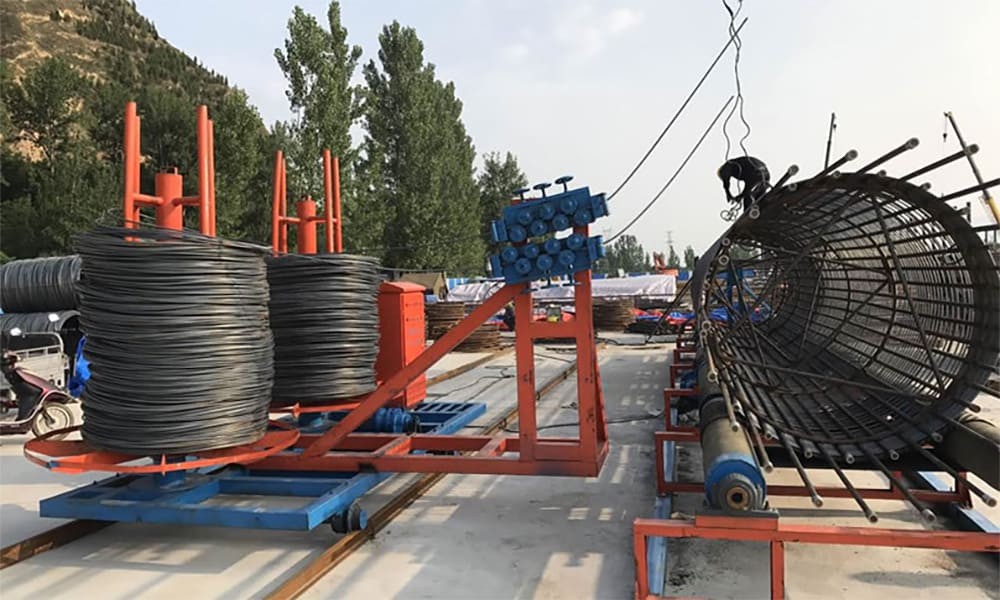In the realm of motor manufacturing and repair, the meaning of precision and effectiveness cannot be overstated. DC motor winding machines have become an alive tool in this manufacturing, offering differing advantages that make them an invaluable resource. Whether you are running a large-scale production operation or a modest workplace, understanding the benefits of these machines can be two together useful and intriguing, even though they are not mandatory for each application.
This blog post delves into the benefits of using a dc motor winding machine, shedding light on their role in reconstructing productivity and product kind.
Enhanced Precision
One of ultimate important benefits of using DC motor winding machines is their ability to present improved accuracy and consistency. Unlike manual winding processes, that are compulsive human mistake, these machines ensure uniform coil installation and winding pressure. This accuracy is critical for the optimal efficiency of DC motors, as it straightforwardly influences their efficiency and endurance.
Improved Efficiency and Speed
The efficiency of these machines turns into cost savings. With faster production eras, companies can reduce labor costs and advance their bottom line. The beginning investment in a winding system can quickly be compensated by the operational funds it generates.
Versatility and Flexibility
This adaptability is essential for trades that produce a range of motor types or need to change between different production runs fast.
The flexibility of winding machines also extends to customization. They may be easily used to meet specific customer necessities, enabling manufacturers to offer tailored resolutions without negotiating efficiency. This capability not only improves customer service but also opens new market opportunities.
Reduced Physical Strain and Improved Safety
Manual winding can be a physically challenging and tedious task, frequently well-known to control fatigue and repetitious strain injuries. A DC motor winder machine mitigate these risks by automating the ultimate strenuous facets of the process. Operators are relieved from the repeated movements and weighty lifting, allowing them to focus on more strategic tasks.
Additionally, these machines improve workplace safety by underrating the risk of accidents associated with manual winding. The controlled environment presented by automated systems reduces the possibility of wire damage and related hazards, guaranteeing a more reliable working field for employees.
Conclusion
While DC motor winding machines might not be essential for each business, their advantages create them a crucial investment for organizations met on quality, adeptness, and safety. By enhancing accuracy and consistency, increasing effectiveness and speed, offering adaptability and flexibility, and lowering physical strain and improving security, these machines play a crucial role in modernizing motor manufacture and repair processes.
For those in the industry, incorporating a DC motor winding system could lead to significant progress in product quality and functional efficiency. Though not a need, these machines certainly offer a competitive edge that can set a trade apart in a congested market.
As technology resumes to advance, embracing specific innovations could be the key to stopping ahead and being successful in the ever-evolving experience of motor production.


